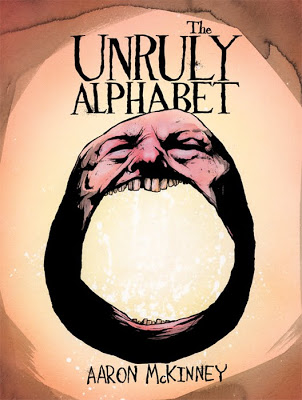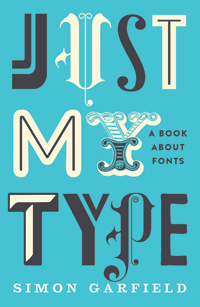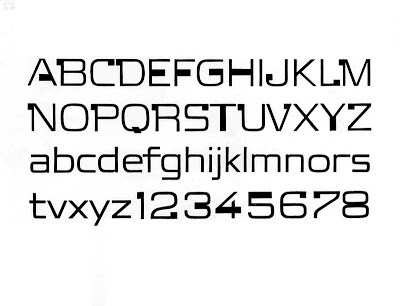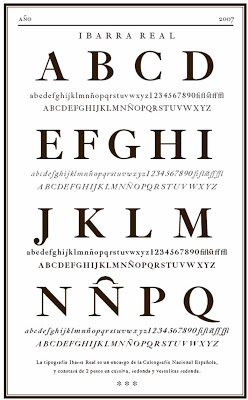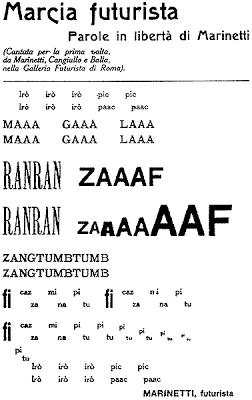Unruly Alphabet
Aaron McKinney
Hardcover: 32 pages
Publisher: Mark Batty Publisher (November 9, 2010)
Language: English
ISBN-10: 1935613057
ISBN-13: 978-1935613053
Product Dimensions: 9.4 x 7.1 x 0.4 inches
In The Unruly Alphabet, illustrator Aaron McKinney uses the Latin alphabet to create a lively and haunting abecedary. The restless glyphs tangle and spar with one another, setting the stage for scenes where «A was arrested, while B bit bullies» and «G is gored, which makes H hurl.» McKinney renders the scenes with macabre detail and sinister wit, and the accompanying captions hum with gallows humor. The Unruly Alphabet is truly an alphabet book like no other, for the brooding child in every adult.
What if the letter A were an aggressive drunk who got into barroom brawls with his neighbor, B? Taking the term «word play» literally, illustrator Aaron McKinney sets the alphabet against a backdrop of rebellious behavior in The Unruly Alphabet. From hurling to undressing, McKinney’s bold renderings are darkly comical. By revealing the devilish characters embodied by each letter, they visually showcase human nature.
Aggressive and detailed, McKinney’s cantankerous glyphs compete in strange and nightmarish ways—C is chased by a devouring D, M mauls a napping N, and S swallows and terrorizes T.
«I’ve always been interested in etymology,» McKinney says. «The way words, a human constructed concept, play off one another to somehow convey thought and expression in our minds fascinates me. With that thought in mind, I decided to strip language down to its most primitive form, the alphabet. To make it interesting, I anthropomorphized each letter with some of humanity’s most common, despicable traits. With each letter playing off the next, the end result is the alphabet, a pretty inorganic and deliberate thing made more barbarically human.»


